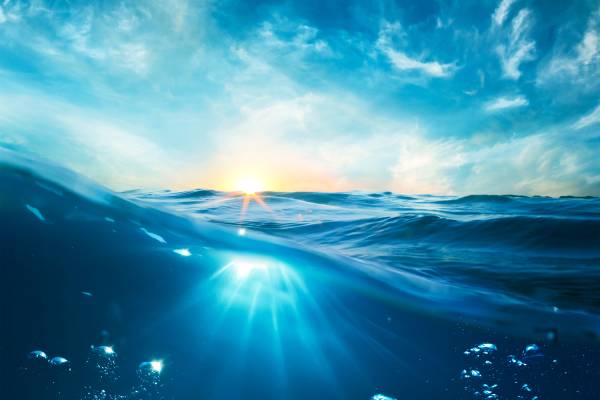IMO and EU shipping emission reduction initiatives
03 Mar 2023
Learn more about approaches, geographical areas where these regulations are applicable, and costs

The IMO and EU decarbonization rules, both those already adopted and under development, are based on two different approaches.
IMO requires ships to have onboard valid certificates attesting their compliance with the mandatory MARPOL Convention Annex VI requirements and, if not they don’t, they are not allowed to operate.
EU requires ships to pay for each ton of CO2 emitted (in the future other GHGs, like methane and nitrous oxide will be included as well) and to pay penalties in case of non-compliance, on the basis of the principle of the “polluter pays”.
What does it mean?
It means that a ship has to be in compliance with the short-term measures adopted for CO2 emission reduction, approved by IMO and now in force: i.e., it has to achieve a compliant value of EEXI (Energy Efficiency Index for existing ships), and to maintain, through the years, an annual operational CII (Carbon Intensity Indicator) within the ranges established by the MARPOL convention. This is achieved through a fine work of prevision of the ship’s future operations and the adoption of measures to reduce the CO2 to be described in the SEEMP (Ship Energy Efficiency Management Plan).
Is compliance with IMO requirements sufficient to overcome the payment foreseen by EU ETS directive and FuelEUMaritime regulation?
No, even if the emissions of CO2 are within the limits established by IMO, the tons of CO2equiv released in the atmosphere are to be surrendered as allowances (ETS Directive). Penalties are still due if the quantity of energy used by the ship has emitted more than the target established by the FuelEUMaritime regulation. The target will decrease of a certain percentage during the years to achieve the carbon neutrality within 2050.
Where are IMO and EU regulations applicable?
IMO regulations are applicable internationally, based on the ships’ gross tonnage and type. EU directive and regulation, as currently drafted, are applicable to ships of 5000GT and above calling at EU ports, transporting, for commercial purposes, cargo or passengers and offshore ships of 5000GT and above. In particular, for the EU application, the emissions to be considered are those relevant to voyages between EU ports, at berth in EU ports, and 50% of those relevant to voyages between a non-EU port and an EU port (and vice versa).
What are the costs?
Without considering changes in type of fuel and in the efficiency of the ship, according to some preliminary evaluations based on very volatile data (such as the EUA value, the fuel price, voyages), considering an indicative target for the FuelEUMartime (being not fixed yet) and the emissions from the verified reports of past years, the total cost of the “fuel plus allowances and penalties” (100%) for a company will consist of about 70% in the cost of the fuel and 30% in the combination of FuelEUMaritime and ETS, when the two years phase in period will expire. This is equivalent to an increase of the cost of fuel of about 50%.
The fuel related extra cost will not affect voyages between non-EU ports that do not fall in the application field of the EU initiatives.
Are there methods and or technical solutions, immediately available now, to ensure IMO compliance and reduction of EU allowances and penalties?
The question is simple, but the answer is very complex. We have identified three fields to be investigated: the use alternative fuels (only biofuels seems to be immediately available, probably not in the quantity needed for the whole marine sector, while zero carbon fuels, synthetic fuels and nuclear solutions are not available yet or in the short term); the implementation of fuel saving technologies (including wind assisted propulsion, air lubrication, etc. They may contribute, but in many cases they are not decisive); and the change in the traditional ship’s operative profile (speed reduction, for some types of ships possible just at the of time arrival in port, maintenance of engines and hull, etc).
The answer seems to be the adoption of an appropriate combination of the above solutions, to be developed based on the specific ship type and operating profile.